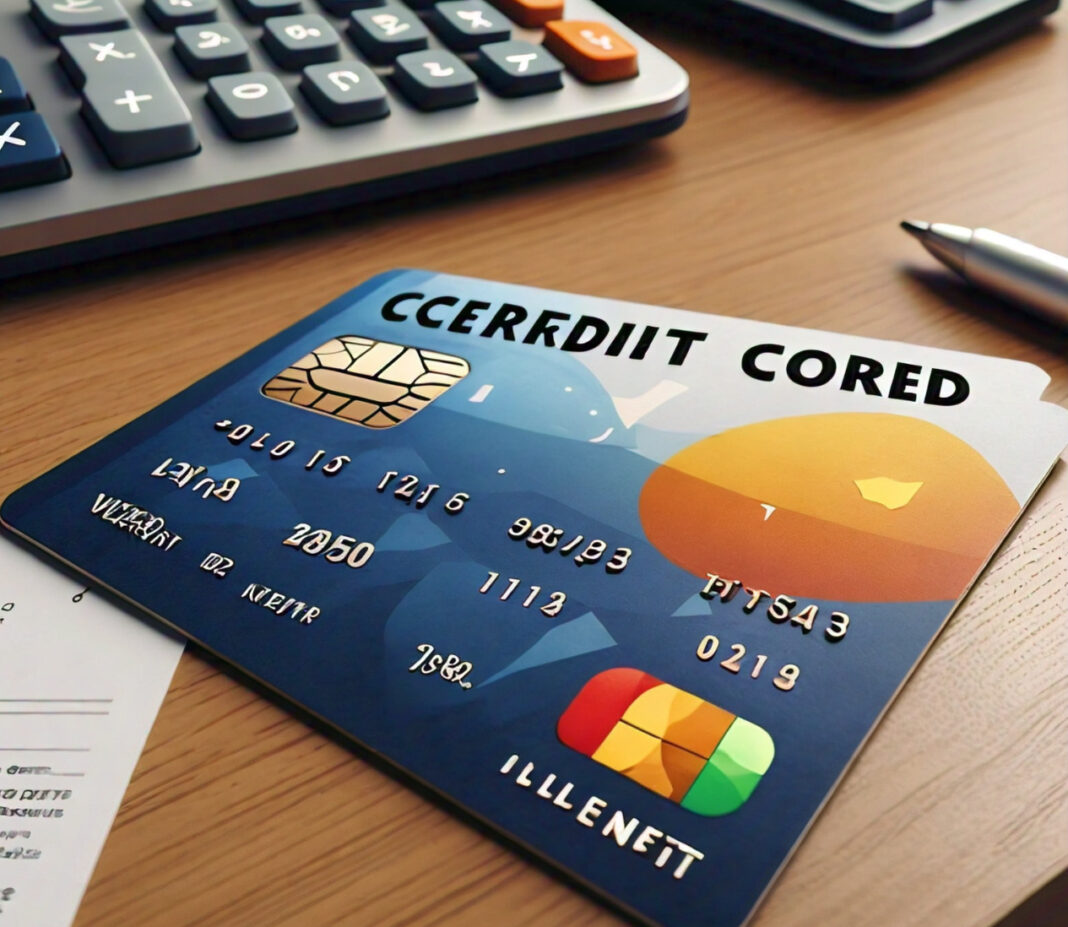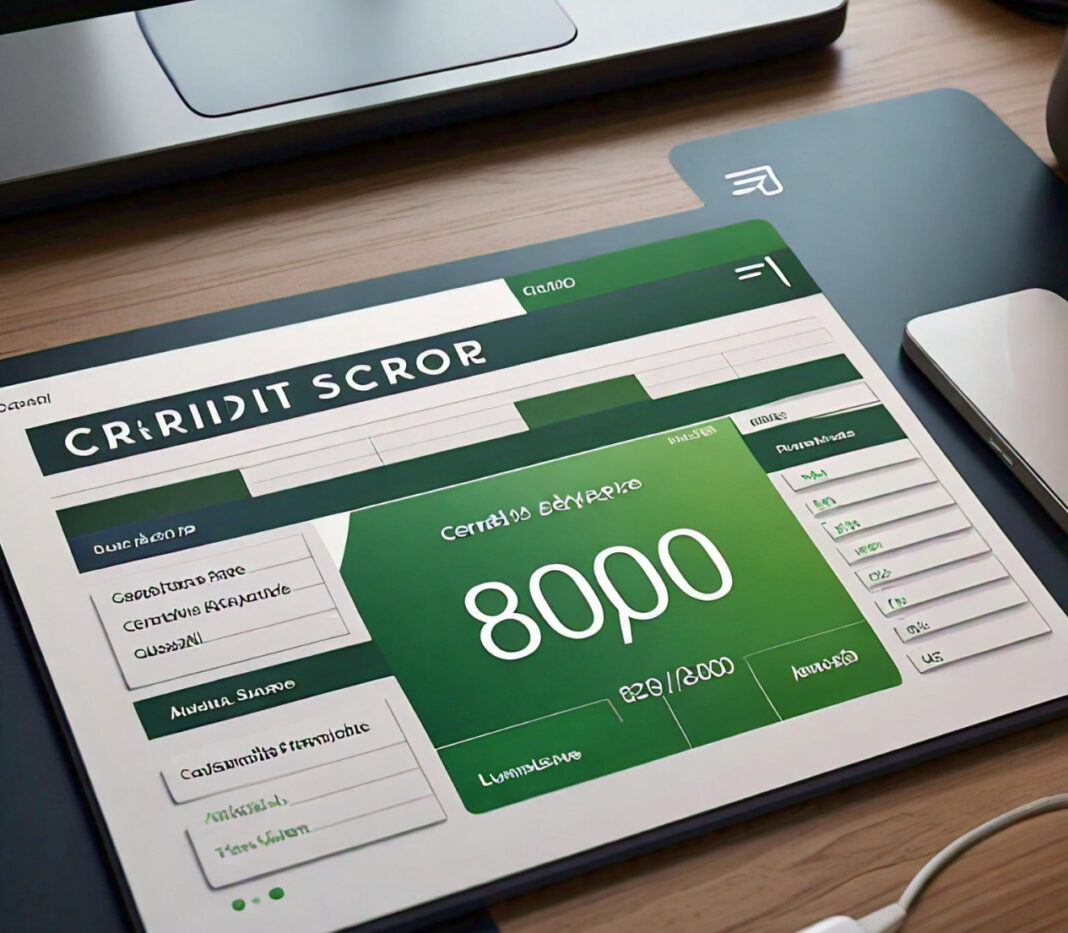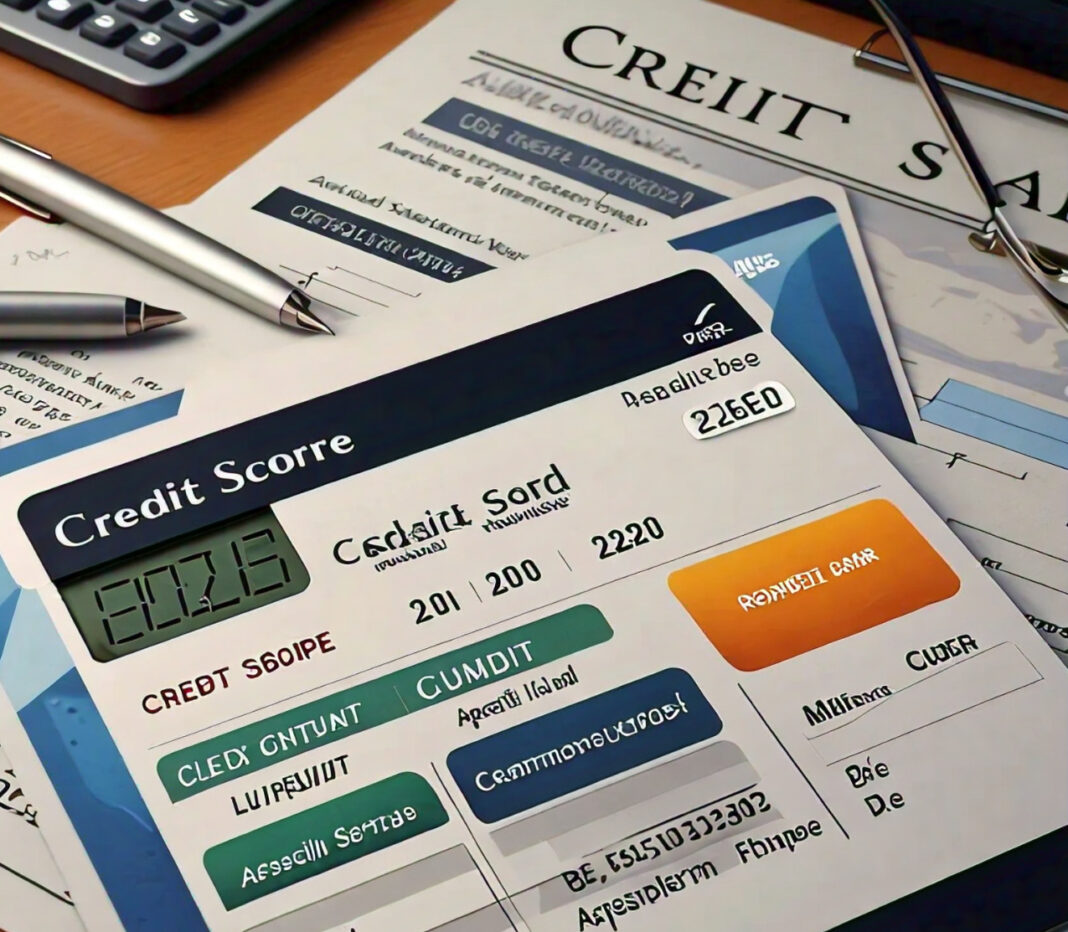Credit scores are a huge determining factor in personal finance for our financial opportunities. Whether you’re trying to apply for a mortgage, get a new credit card, or even apartment shopping, your credit score can be either your best friend or worst nightmare. Although most people have heard the term “credit score,” many are not even aware that there are, in fact, different varieties of credit scores. The two most well-known companies that provide credit scores are FICO and VantageScore.

With that said, this article will dive into the difference between FICO and VantageScore: how they came about, how they work, and what each means to your financial life. By doing so, the two basic models for scoring will give a better understanding of how credit works and help in making informed decisions about personal finance.
A Quick History of Credit Scoring
Before discussing any other details about FICO and VantageScore, it would be prudent to briefly examine how credit scoring came about.
Birth of FICO
Fair Isaac Corporation, popularly known as FICO, introduced the pioneering credit scoring model in 1989. This system enabled lenders to quickly verify the creditworthiness of any potential borrower with speed and efficiency unprecedented at that time. It immediately set an industry standard, and for a very long period thereafter, it was to be the only game in credit credit-scoring town.
The Advent of VantageScore
Until 2006, Equifax, Experian, and TransUnion-three of the major credit bureaus-decided to collaborate to develop VantageScore. The new scoring model aimed at depicting a consistent and accurate picture of a consumer’s creditworthiness across all three bureaus and scored a wider range of consumers, including those with limited credit histories.
Understanding FICO Scores
FICO scores are utilized in 90% of lending decisions in the United States and are thus the most recognized credit scoring model.
Range of FICO Scores
FICO scores range from 300 to 850. The higher the score, the better the creditworthiness. For reference, here is a generalized breakdown with regard to FICO score ranges:
- Excellent: 800-850
- Very Good: 740-799
- Good: 670-739
- Fair: 580-669
- Poor: 300-579
Factors That Influence FICO Scores
The calculation of FICO scores is from five broad factors, each with a different weight:
- Payment History: This is the most critical factor, accounting for 35%, reflecting whether you have paid your past credit accounts on time.
- Amounts Owed: It considers credit utilization-the relationship between the amount of credit you use and the limits on your credit lines.
- Length of Credit History (15%): This takes into consideration how long you have had open credit accounts and how much time has passed since you accessed some accounts.
- Credit Mix (10%): This takes into consideration the mix of credit accounts you have, including credit cards, retail accounts, installment loans, and mortgages.
- New Credit (10%): This takes into consideration how many of new credit accounts you have opened recently and how hard inquiries are being performed on your credit report.
Different Versions of FICO Scores
FICO has several versions of its scoring model, including:
FICO Score 8-most used version;
FICO Score 9-newer version, which treats medical collections less heavily and doesn’t count paid collections.
Industry-specific scores: Available for auto lenders, credit card issuers, and mortgage lenders
Understanding VantageScore
While not as widely utilized as FICO, VantageScore is a rising star in the world of lending. It’s especially popular among credit card issuers and is usually the score consumers receive through free credit score services.
Range of VantageScore
Like FICO, both VantageScore 3.0 and 4.0 use a range between 300-850. However, earlier versions used a scale between 501 and 990. Following is how VantageScore classifies credit score ratings:
Excellent: 781-850
Good: 661-780
Fair: 601-660
Poor: 500-600
Very Poor: 300-499
Factors That Influence VantageScore
There are six key factors VantageScore relies on when calculating credit scores:
- Payment History (Extremely Influential): Just like in FICO, this forms the most important factor.
- Age and Type of Credit: This combines the FICO factors for length of credit history and credit mix. Highly Influential
- Credit Utilization: Again, this is taken from FICO, where it appeared as “Amounts Owed.” Highly Influential
- Total Balances: This is a consideration of the total current amount of recently reported current and in-arrears balances. Moderately Influential
- Recent Credit Behavior: It considers recently opened credit accounts and inquiries. Less Influential.
- Available Credit (Less Influential): This considers how much credit you have available.
Different Versions of VantageScore
Over time, there have been several different versions of VantageScore, including:
- VantageScore 1.0 and 2.0: score range 501-990
- VantageScore 3.0: after 2013, score range 300-850
- VantageScore 4.0: most current, after 2017
Key Differences Between FICO and VantageScore
While there are similarities between FICO and VantageScore, there are several key differences:
- Minimum Scoring Criteria
FICO requires a minimum of six months of credit history and at least one account reported to a credit bureau within the last six months. VantageScore, on the other hand, needs as little as one month of credit history and one account reported within the past two years to generate a score.
2. Treatment of Multiple Hard Inquiries
FICO views multiple hard inquiries for the same type of loan within a 45-day window as a single inquiry. VantageScore has a window of 14 days.
3. Weight of Factors
While both models consider almost the same factors, they weigh them differently. For example, VantageScore places more emphasis on credit age and credit mix than FICO does.
4. Handling of Paid Collections
Newer versions of both models – FICO 9 and VantageScore 3.0 and 4.0 – don’t consider paid collections, but the most widely used version of FICO, FICO 8, does.
5. Treatment of Rental History
VantageScore would include in its scores rental payment history, provided this is being reported to the bureaus. FICO does not do this within the main models but has come out with another model called FICO XD, which then considers this rental history.
Impact on Consumers
The presence of multiple scoring models can have a number of implications for consumers, including but not limited to the following:
1. Same Consumer, Different Scores
Since FICO and VantageScore take different approaches to score calculation, in most cases, one consumer would fetch different scores under different models. This is pretty confusing when it comes to consumers’ understanding of creditworthiness.
The score may also be different because different models are used to calculate credit scores. While FICO is the most widely used overall, VantageScore is preferred by some lenders, including many in the credit card industry.
3. Access to Credit
The ability of VantageScore to score those with limited credit histories can provide greater access to credit for some individuals, such as young people or recent immigrants.
4. Free Credit Score Services
Many free credit score services give you VantageScores, not FICO scores. These can be useful to track your credit over time, but they are not the exact scores that most lenders use.
Improving Your Score: Universal Principles
Despite how they differ, several general principles will improve your score under both FICO and VantageScore models:
- Pay Your Bills on Time: The single most important factor in both models is.
- Low Credit Utilization: Keep below 30% of the available limit in credit utilization.
- Don’t Apply for Too Much New Credit in a Short Span: If there are more than one or two hard inquiries in a very short span, it lowers your score.
- Keeping Old Accounts Open: The longer the history of credit, the better it is for your score.
- Keep Credit Variety: Both revolving credit – like credit cards – and installment loans – like for a mortgage or car loan – together have a positive impact on a good score.
The Future of Credit Scoring
Credit scoring models also continue to evolve as technology advances and more data becomes available. Some upcoming trends to watch include:
Alternative Data
Both are working on using alternative data, such as utility and rental payments and perhaps even social media data, to develop scores.
Machine Learning
The best algorithms and machine learning techniques are fitted into the latest scoring models to make them far more accurate and predictively powerful.
Financial Inclusion
There’s also growing interest in building models that can properly estimate creditworthiness for the millions of “credit invisible” consumers without traditional credit histories.
Real-Time Scoring
For models in the future, the score might refresh as new data becomes available instead of on a monthly cycle.
Conclusion
While there are a lot of differences between FICO and VantageScore, the purpose of both is basically to measure or to determine whether somebody is credit-worthy and to help lenders make informed decisions. Knowing these two models can, on the other hand, enable you to understand better how credit works and allow you to make wiser decisions about your finances.
In other words, regardless of which model the lender is using, the secret to a good credit score remains the same: use credit responsibly, pay your bills on time, and manage your debt levels carefully. If you do these things, you will be well on your way to a healthy credit profile under both the FICO and VantageScore models.
Understanding the evolving face of credit scoring and credit reporting practices-as the credit landscape continues to evolve will keep you abreast of what is happening with your creditworthiness. After all, an appreciation of the subtleties of FICO and VantageScore will go a long way in helping you when you apply for a mortgage, inquire about a new credit card, or simply try to gain better financial fitness.






